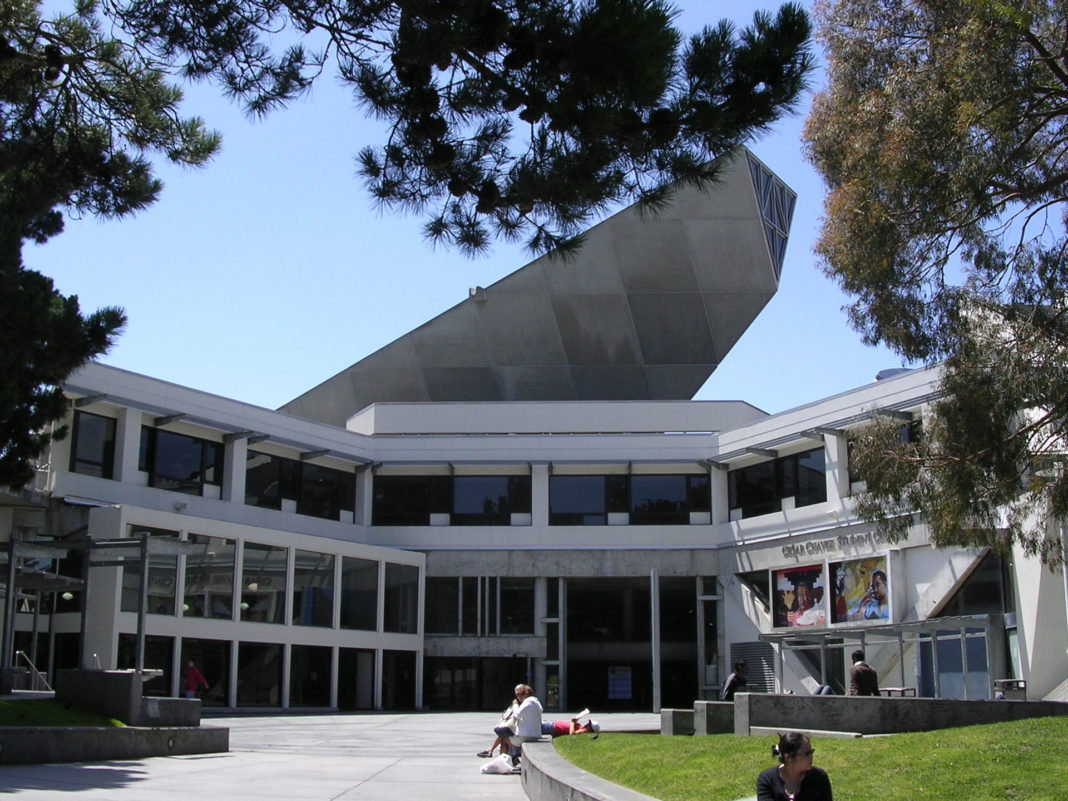SAN FRANCISCO—An auditor announced on Thursday, June 20, that the California State University school system hid a $1.5 billion surplus over the last 10 years.
Elaine Howle, the California State Auditor, conducted a report from 2008 through 2018 with 23 campuses and 480,000 students and found that the CSU system did not inform students of the surplus when discussing the increase, but steadily raised the cost of tuition. Howle’s report indicated that most of the surplus came from student tuition payments.
Her report noted that by not informing the students of the tuition plan before raising the price, the CSU system got around a state law that requires public universities to disclose those details.
CSU Chancellor Timothy P. White disputed the audit and claimed that the funds were similar to a savings account. White indicated that the money was used for short-term and/or one-time expenses, but not ongoing expenses.
Howle’s audit also discovered that the price of student parking permits at Sacramento, San Diego, Fullerton, and the Channel Islands increased by 24 percent to 64 percent over the 10-year period to pay for new parking structures and alternative transportation options, but neither was brought to fruition.
This is not the first time an auditor found the CSU system hiding money. In 2017, Howle’s office discovered that the University of California Chancellor’s Office hid a $1.75 million slush fund at the same time they raised tuition. In 2012, Howle’s office found the former California state parks Director Ruth Coleman hid $54 million in “hidden assets” from the California Department of Finance.
The university has a website to provide transparency regarding all CSU revenues and expenses.
“Total revenues and expenses from all sources include federal and state appropriations, student tuition and fees, and other sources, such as bond proceeds and interest income. Total expenses can exceed revenues in a year, as the CSU receives bond proceeds all at once, while the funds are spent over a period of years.
Operating fund revenues and expenses include student tuition and fees, federal and state appropriations to support the CSU’s educational mission, and other sources such as financial aid,” states the CSU Financial Transparency Portal website.
The report indicates that CSU should ensure students have “equitable access to campus and that campuses provide the most cost-effective mix of parking and alternate transportation options. The comprehensive five-year capital improvement plan includes:
- The number of parking facilities each campus intends to construct over the next five years and the alternate transportation strategies that the campus considered and implemented in determining the need for those parking facilities.
- The total annual cost for each alternate transportation strategy the campuses considered and implemented compared to the annual cost of constructing, operating, and maintaining a new parking facility.
- The cost per student served by those alternate transportation strategies compared to the cost per student of constructing, operating, and maintaining a new parking facility.
- The number of students served by each of those alternate transportation strategies compared to the number of students to be served by a new facility.
- Information on whether and to what extent alternate transportation strategies have decreased parking demand in the last three years and whether the campus has demonstrated that the parking demand justifies a new parking facility.
- A cost‑benefit analysis showing the appropriate mix of transportation strategies to ensure that the campus provides students with the most cost‑effective access.
Written By Kayla Lupoli and Donald Roberts







